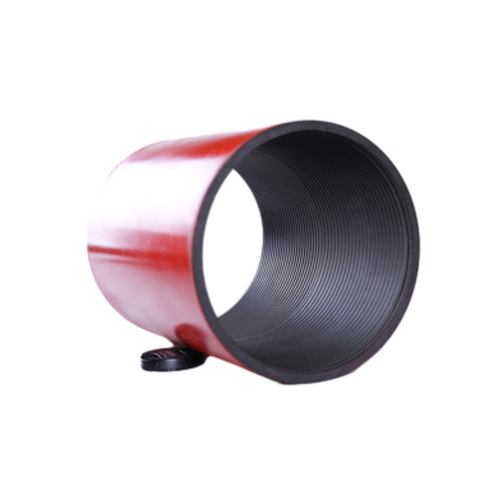- Afrikaans
- Albanian
- Amharic
- Arabic
- Armenian
- Azerbaijani
- Basque
- Belarusian
- Bengali
- Bosnian
- Bulgarian
- Catalan
- Cebuano
- Corsican
- Croatian
- Czech
- Danish
- Dutch
- English
- Esperanto
- Estonian
- Finnish
- French
- Frisian
- Galician
- Georgian
- German
- Greek
- Gujarati
- Haitian Creole
- hausa
- hawaiian
- Hebrew
- Hindi
- Miao
- Hungarian
- Icelandic
- igbo
- Indonesian
- irish
- Italian
- Japanese
- Javanese
- Kannada
- kazakh
- Khmer
- Rwandese
- Korean
- Kurdish
- Kyrgyz
- Lao
- Latin
- Latvian
- Lithuanian
- Luxembourgish
- Macedonian
- Malgashi
- Malay
- Malayalam
- Maltese
- Maori
- Marathi
- Mongolian
- Myanmar
- Nepali
- Norwegian
- Norwegian
- Occitan
- Pashto
- Persian
- Polish
- Portuguese
- Punjabi
- Romanian
- Russian
- Samoan
- Scottish Gaelic
- Serbian
- Sesotho
- Shona
- Sindhi
- Sinhala
- Slovak
- Slovenian
- Somali
- Spanish
- Sundanese
- Swahili
- Swedish
- Tagalog
- Tajik
- Tamil
- Tatar
- Telugu
- Thai
- Turkish
- Turkmen
- Ukrainian
- Urdu
- Uighur
- Uzbek
- Vietnamese
- Welsh
- Bantu
- Yiddish
- Yoruba
- Zulu
Understanding API Casing Sizes and Their Importance in Construction Engineering
Understanding API Casing Sizes A Comprehensive Guide
In the oil and gas industry, casing sizes are crucial for ensuring the safety and integrity of drilling operations. API (American Petroleum Institute) standards govern the specifications for casing, including dimensions, material properties, and manufacturing processes. This article aims to explore the various API casing sizes, their significance, and the factors influencing their selection.
The Role of Casing in Drilling Operations
Casing serves multiple purposes in drilling operations. Primarily, it provides structural support to the wellbore, prevents collapse due to geological pressures, and protects groundwater from contamination. Furthermore, casing allows for the safe extraction of oil and gas by providing a sealed conduit from the reservoir to the surface. The size and type of casing used can significantly influence these factors, highlighting the importance of adhering to API specifications.
API Casing Sizes
API casing sizes are categorized based on their nominal diameter, which typically ranges from 4.5 inches to 20 inches for various applications. The following are some commonly used casing sizes
1. 4.5-inch (114 mm) Often used in shallow wells, this size is suitable for small production operations and completion strategies. 2. 5.5-inch (140 mm) This casing is typically used in moderate-depth wells, providing a balance between strength and flexibility.
4. 9.625-inch (244 mm) This casing size is often utilized as production casing, accommodating larger production tubing and allowing for enhanced oil recovery.
5. 13.375-inch (340 mm) This size is commonly employed as surface casing, providing the first layer of defense against surface contaminants and stabilizing the well during drilling.
api casing sizes

6. 16-inch (406 mm) Primarily used in large and deep well applications, this casing provides robust structural integrity under extreme pressures.
It is important to note that the selection of casing size depends on several factors, including well depth, geological conditions, and the type of hydrocarbons being extracted.
Factors Influencing Casing Size Selection
1. Well Depth The deeper the well, the higher the pressures and temperatures it encounters. Selecting an appropriate casing size ensures that it can withstand these conditions without failure.
2. Geological Formation Different geological formations require specific casing sizes and types. For example, areas with softer rock may require a smaller diameter casing, while hard rock formations may necessitate larger diameters to provide adequate support.
3. Hydrocarbon Characteristics The type of hydrocarbons being extracted also influences casing size. Wells producing high-pressure gas may require thicker-walled casings to prevent blowouts, while oil wells may not have the same demands.
4. Regulatory Compliance Operating in various geographical regions often involves adhering to local regulations regarding casing sizes. API standards offer a reliable guideline to ensure compliance and safety.
5. Cost Considerations Casing material and size directly affect the overall cost of drilling operations. Larger diameters typically mean increased costs, so operators must balance safety with economic viability.
Conclusion
API casing sizes play a vital role in the oil and gas industry, ensuring that drilling operations are conducted safely and efficiently. Choosing the right casing size involves a comprehensive understanding of well conditions, geological formations, and regulatory requirements. By adhering to API standards and considering the factors outlined in this article, operators can make informed decisions that enhance the integrity of their drilling operations while optimizing production efficiency. As the industry evolves, staying updated on the latest API standards and technological advancements will further empower operators to select the most suitable casing sizes for their specific needs.
-
Tubing Pup Joints: Essential Components for Oil and Gas OperationsNewsJul.10,2025
-
Pup Joints: Essential Components for Reliable Drilling OperationsNewsJul.10,2025
-
Pipe Couplings: Connecting Your World EfficientlyNewsJul.10,2025
-
Mastering Oilfield Operations with Quality Tubing and CasingNewsJul.10,2025
-
High-Quality Casing Couplings for Every NeedNewsJul.10,2025
-
Boost Your Drilling Efficiency with Premium Crossover Tools & Seating NipplesNewsJul.10,2025







